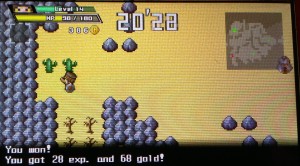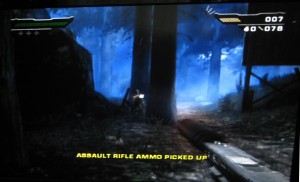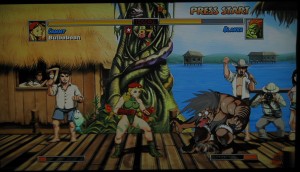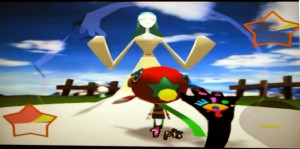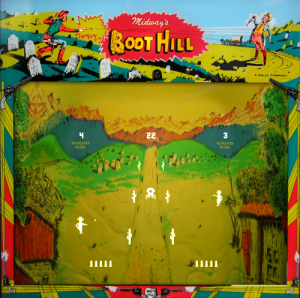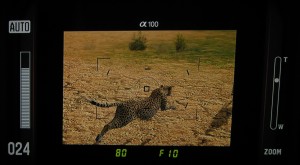273th played so far
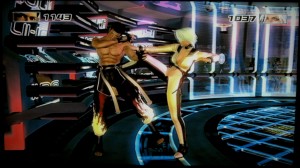 Genre: Fighting
Genre: Fighting
Platform: Xbox 360
Year of Release: 2005
Developer: Team Ninja
Publisher: Tecmo
Dead or Alive is one of those second tier fighting series. Not as known as the big names, like Street Fighter, but big enough to be known, have a large fan base, and have grown to a series with plenty of entries.
For that reason, it has a single entry on the list, with it intended to be the final and best installment. A fifth game was released about a year ago – too late to be in our list – so this is what we’re getting down to discuss, presumably with the rest of series to go along with it.
Our Thoughts
I’m going to stick my hands up and say that I was one of those hormonal teenage boys that when they got a copy of Dead or Alive 2 on the PS2 they boosted up the age numbers so the girls had ultra bouncy boobs. It was fun to watch the sisters fight with their twins going up and down… and yet it did nothing for me but make me laugh. To be a gay kid making girls have cat fights… lost on me utterly. And yeah, even in this game it’s just funny at times.
So yes, as a bit of a fighter fan I am no stranger to Dead or Alive but I have to openly say that whilst I do have fun with this, as a series, it does fall below Blazblue, Virtua Fighter, Soul Caliber and (my all time favourite) Tekken when it comes to my affection. However, what kept me playing this was not the babes (although Ayane is awesome in an anime way) but the stages; something they happily keep going in this edition.
Although not all of the stages are destroyable (instead opting for electrical fencing) there are still a sizable number where you are able to fling each other around and break stuff. Whilst they still have not gone Mortal Kombat style and have you be able to kick someone into a fight tank (fingers crossed for Dead or Alive 6) you can be thrown off of bridges, tumble down stairs and be slammed headlong into a pile of orange crates. It brings some good strategy into the games since it does cause a lot of damage but mainly it’s a good excuse to break some large vases.
In terms of gameplay Dead or Alive is similar to Street Fighter since the way to win is to fire off a series of quick and/or powerful combos to muller your opponent into submission. This has never really been my play-style on the whole which means I have never been able to master a large number of characters apart from Ninja Gaiden regulars Hayabusa and Ayane. I was also a big player of Helena but Dead or Alive 4 made her unlockable which drove me nuts.
From someone who knows less about fighters, the arena interaction is the most interesting, but also feels a bit unbalancing. You need to get your opponent in the right place and if you’re on the wrong side, there’s no way you can make use of them, while your opponent can throw you down a river within moments.
What makes this more difficult is how difficult it is to get a move in. Again, I tend to have trouble learning the relevant combos and such, but the timing here feels so precise and the AI so accurate that it gets tough. Too often, then, until you’re good enough, this game feels more like luck on whether you can pull it off. It actually gets frustrating when it keeps happening, yet at the same time, in multiplayer, meant that I was able to beat Peter (who is the superior player) several times. It just feels wrong (and you will never play as Leon again).
Final Thoughts
When it holds together, this becomes a rather beautiful fighting game, even with some odd settings and choices. The gameplay options offered through the different fighters and, more important, arenas make for a nice and unique setting.
Even so, if there’s one game where mastery is a requirement, it’s this. The barrier to entry isn’t too high, but just to get to a reasonable point takes some work. Or some luck on getting that right hit and combo in. It’s just what you want, isn’t it?

